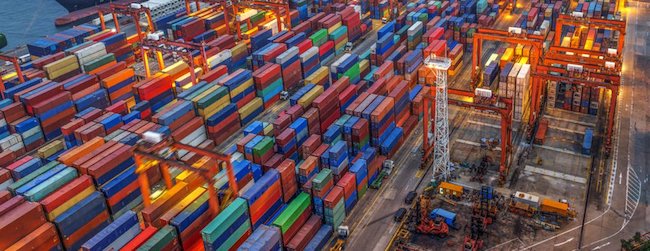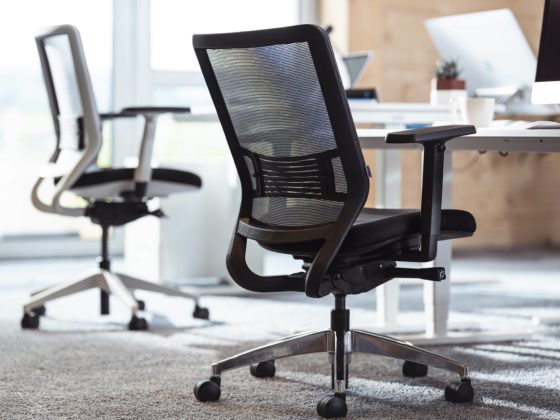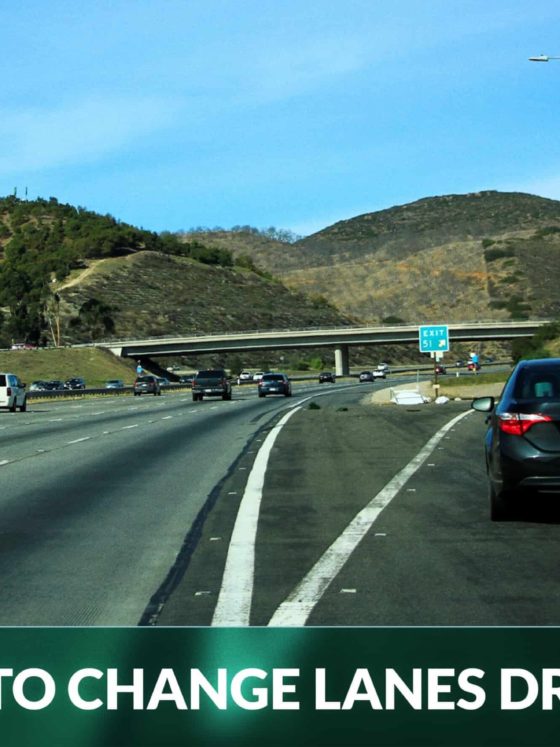Free trade zones are designated geographical places within the national territory where goods may be landed, stored, handled, manufactured, or reconfigured and re-exported under specific customs regulation. FTZ is a type of SPECIAL Economic Zone and also called foreign trade zone. A Free Trade Zone is any area in a country where goods may be imported/exported without any barrier imposed by the host’s customs authorities.
FTZ allows goods to be Proforma Disbursement Account imported, manufactured, processed and re-exported without the payment of import taxes, which only fall due when the goods are removed from the zone and entered into the domestic economy. Free-trade zones are organized around major seaports, international airports, and national frontiers—areas with many geographic advantages for trade.
- Purpose Of Free Trade Zone: –
- To attract foreign direct investment
- To decrease unemployment
- To support economic reform strategies by developing and diversifying exports
- To test new approaches to foreign direct investment and to policies related to law, land, labor, and the pricing of goods.
- Benefits Of Free Trade Zone: –
- Duty Exemption
- Duty Deferral
- Duty Reduction or Inverted Tariff
- Streamlined Logistics
- Quota Avoidance
There Are Three Types: –
Permanent FTZ (PFTZ)- PFTZ are also generally known as industrial parks. In PFTZ several and diverse industrial and commercial projects are established. PFTZ includes various industrial and commercial users.
Single Enterprise FTZ (SEFTZ)-one single company is declared a Free Trade Zone, and thus is entitled to exercise industrial or service activities in a given limited area with tax, FX and customs benefits
Transitory- It is one that is authorized for trade fairs, exhibitions, conferences and seminars of international importance for the economy and the country’s international trade.
Key factors and considerations
When comparing control systems, we must evaluate their performance with respect to different criteria. When analyzing system operations, the focus should be on how the system will run and how instructions and tasks are processed. The standard PLC has an embedded real-time operating system with a dedicated processor that ensures a high degree of control system reliability.
Since the task of the PLC is only to handle automation and/or a process, it does not need to run other utilities such as antivirus programs or system updates.
Although the evolution of the PC and specifically the IPC (Industrial PC) has made it a much more reliable device. PLCs are still much more robust in terms of electromagnetic interferences, software performance stability, and fail-safe hardware.
Another factor to consider is the ease and cost of serviceability, including the repair and replacement costs over the life of the controller. For a PLC, external devices can be replaced with ease while the system is in operation.
Although the PLC and PC can both offer an array of Fieldbus options, the PLC has many of these options built-in where the PC would need additional cards and drivers to provide a comparable offering Port Disbursement Account. If extra devices or sensors are needed in an AGV/AMR, it is easier to integrate in a PLC architecture.
PLC may prove the best solution for deterministic industrial protocols and field buses (including fail-safe requirements) for sensors and actuators of an AGV/AMR.
Integration
Whenever it is necessary for an AGV/AMR to communicate with other industrial devices such as robots, production lines, or logistics systems, PLC is a great solution.
PLC has built-in solutions for integrating it in industrial environments, with less effort than PC that typically requires gateways or extra hardware and software libraries for it.
Security
PLC is less exposed to unauthorized access from the outside world. The risk related to cybersecurity in PLC is negligible with respect to a PC. If a cybersecurity problem occurs in an AGV/AMR which is controlled by a PC, it could cause fatal accidents to users.
Safety
When there is human interaction with a potentially dangerous machine, safety standards in a factory are crucial to machine acceptance. Safety functions outlined in standards such as ISO 3691-4 (Industrial trucks – Safety requirements) can be performed in PLC-based architecture. This is not possible with a PC.
Both PC and PLC each have advantages and do not have to be mutually exclusive solutions. For control-critical and safety-related processes, PLCs are the best choice, but PCs and especially IPCs have interesting complementary features. Not all AGVs/AMR vendors use PLC for control and safety purposes which is worth considering. IPC used as a complementary device for data acquisition and processing provides a gateway functionality for IT protocols.















